Home>Gardening & Outdoor>Landscaping Ideas>What Is Tall Fescue Grass
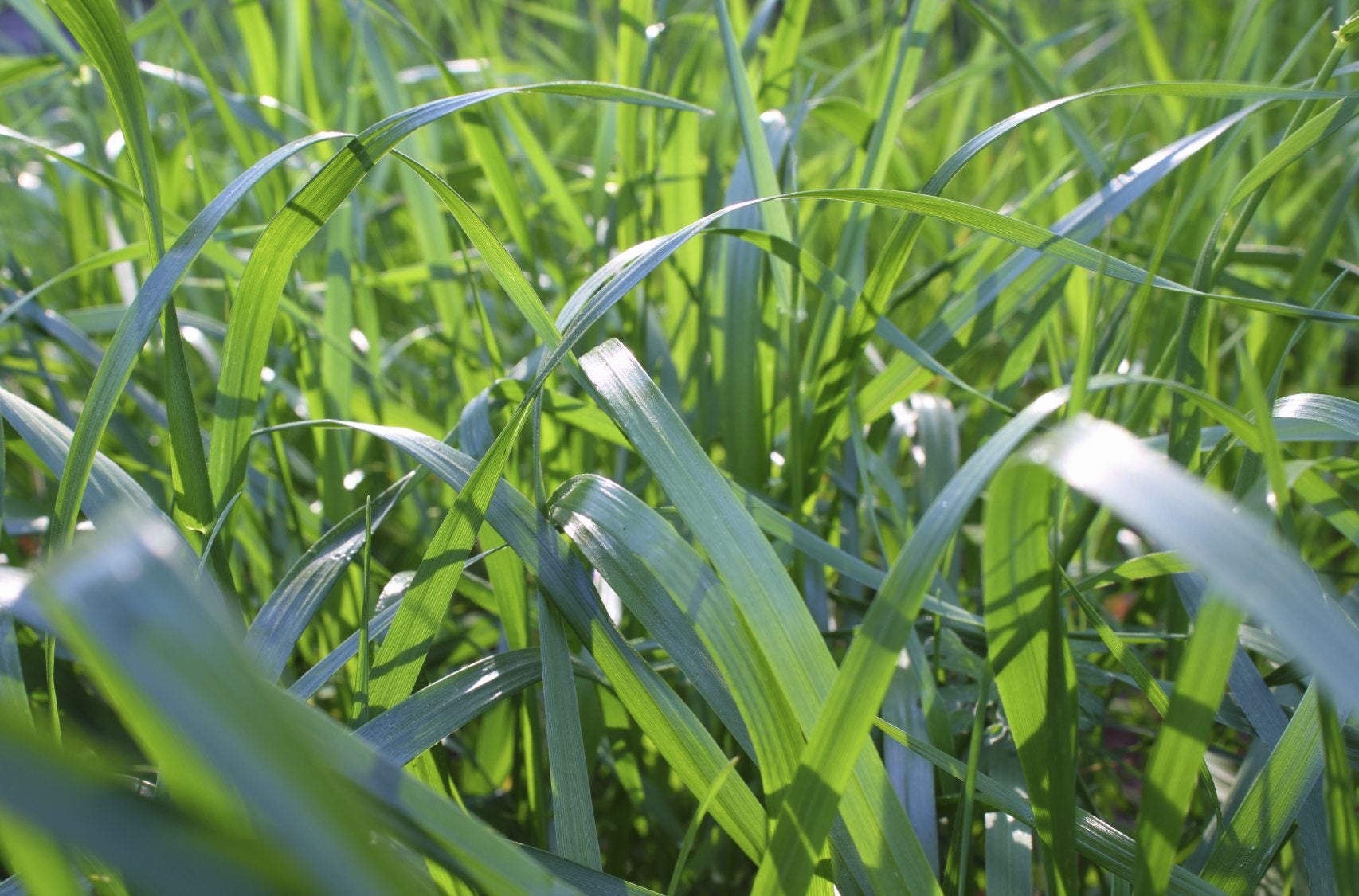

Landscaping Ideas
What Is Tall Fescue Grass
Modified: February 18, 2024
Learn about the benefits of using tall fescue grass in landscaping ideas. Discover how this low-maintenance grass can enhance your outdoor space.
(Many of the links in this article redirect to a specific reviewed product. Your purchase of these products through affiliate links helps to generate commission for Storables.com, at no extra cost. Learn more)
**
Introduction
**
Tall fescue grass is a popular choice for lawns, parks, and sports fields due to its resilience and low maintenance requirements. This cool-season grass is known for its ability to withstand drought, heat, and heavy foot traffic, making it an ideal option for various landscapes. Understanding the characteristics, growing conditions, and maintenance needs of tall fescue grass can help homeowners and landscapers make informed decisions when selecting the right type of grass for their specific needs.
Tall fescue grass is a versatile and adaptable option that thrives in a variety of environments, making it a top choice for many property owners. Whether you're looking to establish a lush green lawn or maintain an athletic field that can withstand heavy use, tall fescue grass offers a range of benefits. In the following sections, we'll delve into the various aspects of tall fescue grass, including its description, types, growing conditions, uses, maintenance, and potential issues. By exploring these key elements, you'll gain valuable insights into the world of tall fescue grass and how it can enhance the beauty and functionality of outdoor spaces.
Key Takeaways:
- Tall fescue grass is a resilient and versatile option for lawns and sports fields, with deep roots for drought resistance and adaptability to various soil types and climates.
- Property owners can nurture healthy tall fescue grass by providing proper maintenance, addressing potential issues, and selecting suitable varieties for specific landscaping needs.
Read more: When To Plant Tall Fescue Grass
Description of Tall Fescue Grass
Tall fescue grass, scientifically known as Festuca arundinacea, is a robust, cool-season grass that belongs to the Poaceae family. It is characterized by its deep green color, fine texture, and bunch-forming growth habit. The blades of tall fescue grass are broad and slightly glossy, providing a visually appealing and lush appearance to lawns and landscapes.
One of the distinguishing features of tall fescue grass is its deep root system, which enables it to access water and nutrients from lower soil levels. This characteristic makes tall fescue grass resilient during periods of drought, allowing it to maintain its color and vitality even in challenging environmental conditions.
Furthermore, tall fescue grass exhibits excellent wear tolerance, making it an excellent choice for high-traffic areas such as sports fields and playgrounds. Its ability to withstand heavy foot traffic without significant damage sets it apart from other grass species, contributing to its widespread popularity in recreational and athletic settings.
In addition to its resilience, tall fescue grass is known for its adaptability to various soil types, including clay and sandy soils. This adaptability makes it a versatile option for landscaping projects in diverse geographic regions, as it can thrive in both sunny and partially shaded areas.
Overall, the description of tall fescue grass underscores its durability, aesthetic appeal, and adaptability, making it an attractive choice for property owners seeking a low-maintenance, visually pleasing, and resilient grass variety.
Types of Tall Fescue Grass
Tall fescue grass encompasses several distinct types, each with its own unique characteristics and suitability for specific environments. Understanding the different types of tall fescue grass can assist property owners in selecting the most suitable variety for their landscaping needs. Here are some notable types of tall fescue grass:
- Common Tall Fescue: Common tall fescue, also known as “aristocracy” tall fescue, is a widely cultivated variety known for its adaptability and drought resistance. It forms dense, dark green clumps and exhibits excellent heat tolerance, making it well-suited for lawns, parks, and recreational areas in regions with warm summers.
- Improved Tall Fescue: Improved tall fescue varieties have been selectively bred to enhance specific traits such as disease resistance, finer texture, and improved heat tolerance. These varieties often exhibit superior color retention and overall aesthetic appeal, making them desirable options for residential and commercial landscapes.
- Endophyte-Enhanced Tall Fescue: Endophyte-enhanced tall fescue contains symbiotic fungi known as endophytes, which contribute to its resistance against certain pests and environmental stressors. This type of tall fescue is particularly valued for its ability to deter insect damage and withstand grazing pressure, making it a popular choice for pastures and livestock grazing areas.
- Turf-Type Tall Fescue: Turf-type tall fescue varieties are cultivated specifically for their superior turf quality, fine texture, and dense growth habit. These varieties are often utilized in professional turf management for their ability to create visually appealing, resilient lawns and sports fields.
Each type of tall fescue grass offers distinct advantages and may be better suited to particular applications based on factors such as climate, soil conditions, and intended use. By considering the unique attributes of each type, property owners can make informed decisions when selecting the most suitable tall fescue grass variety for their landscaping projects.
Growing Conditions for Tall Fescue Grass
Tall fescue grass thrives in cool-season climates and exhibits robust growth under specific growing conditions. Understanding the optimal environment for cultivating tall fescue grass is essential for promoting its health and vitality. Here are the key growing conditions for tall fescue grass:
- Climate: Tall fescue grass flourishes in regions with moderate temperatures, making it well-suited for cool-season climates. It performs best in areas with average temperatures ranging from 60 to 75 degrees Fahrenheit, although it can tolerate both colder and warmer temperatures with proper care.
- Sunlight: While tall fescue grass can tolerate partial shade, it thrives in full sun or areas with at least six hours of direct sunlight per day. Adequate sunlight promotes healthy growth and helps prevent issues such as thatch accumulation and disease development.
- Soil Type: Tall fescue grass adapts well to various soil types, including clay, loam, and sandy soils. It prefers well-draining soil with a slightly acidic to neutral pH level (pH 5.5 to 7.0). Amending the soil with organic matter can enhance its fertility and structure, supporting the growth of tall fescue grass.
- Watering: Proper irrigation is crucial for tall fescue grass, especially during periods of heat and drought. It benefits from deep, infrequent watering to encourage deep root development and drought tolerance. Watering in the early morning helps prevent moisture loss through evaporation and reduces the risk of fungal diseases.
- Fertilization: Regular fertilization with a balanced, slow-release fertilizer supports the nutrient needs of tall fescue grass. Applying fertilizer in the early spring and late fall helps promote healthy growth and vibrant color while minimizing the risk of nutrient runoff.
- Maintenance: Routine maintenance practices such as mowing, aeration, and overseeding contribute to the overall health and resilience of tall fescue grass. Mowing at the appropriate height, typically between 2.5 to 3.5 inches, helps maintain the grass’s vigor and appearance.
By providing the appropriate growing conditions, including suitable climate, sunlight, soil, water, and maintenance practices, property owners can create an optimal environment for cultivating lush, vibrant tall fescue grass.
Tall fescue grass is a cool-season grass that is known for its durability and ability to withstand heavy foot traffic. It is a great choice for lawns, sports fields, and pastures due to its deep root system and tolerance to drought and heat.
Uses of Tall Fescue Grass
Tall fescue grass serves a multitude of purposes across residential, commercial, and recreational landscapes, offering numerous benefits and applications. Its resilience, aesthetic appeal, and adaptability make it a versatile choice for various outdoor environments. Here are some common uses of tall fescue grass:
- Lawns and Landscapes: Tall fescue grass is widely utilized for establishing lush, resilient lawns in both residential and commercial settings. Its ability to maintain a vibrant green color, withstand foot traffic, and adapt to diverse soil conditions makes it an ideal choice for creating visually appealing and functional landscapes.
- Sports Fields and Recreational Areas: The durability and wear tolerance of tall fescue grass make it well-suited for sports fields, parks, and recreational areas. It can withstand the rigors of athletic activities, providing a safe and reliable playing surface for sports such as soccer, football, and baseball.
- Pastures and Grazing Areas: Endophyte-enhanced tall fescue varieties are commonly utilized in pastures and grazing areas for livestock. Their resistance to grazing pressure and ability to deter certain pests make them valuable for supporting healthy forage growth and sustaining livestock operations.
- Erosion Control: Due to its deep root system and soil stabilization capabilities, tall fescue grass is employed in erosion control efforts. It helps prevent soil erosion on slopes, embankments, and construction sites, contributing to environmental conservation and land management initiatives.
- Reclamation and Landscaping Projects: Tall fescue grass plays a role in reclamation projects for restoring disturbed landscapes, such as mine sites and industrial areas. Its adaptability to challenging soil conditions and ability to establish vegetative cover make it valuable for enhancing the ecological restoration of degraded land.
Whether it’s creating vibrant lawns, providing safe playing surfaces, supporting livestock forage, controlling erosion, or contributing to ecological restoration, tall fescue grass offers a wide range of uses that cater to the diverse needs of property owners, landscapers, and land managers.
Read more: How To Care For Tall Fescue Grass
Maintenance and Care for Tall Fescue Grass
Proper maintenance and care practices are essential for nurturing healthy, vibrant tall fescue grass and ensuring its long-term resilience. By implementing effective maintenance strategies, property owners can promote lush growth, minimize potential issues, and enhance the overall appearance of their lawns and landscapes. Here are key maintenance and care considerations for tall fescue grass:
- Mowing: Regular mowing is crucial for maintaining the optimal height and vigor of tall fescue grass. It is recommended to mow at a height of 2.5 to 3.5 inches, adjusting the frequency based on growth rates and seasonal variations. Avoid cutting more than one-third of the grass blade length in a single mowing session to prevent stress and scalping.
- Watering: Adequate and consistent watering is vital for tall fescue grass, especially during dry periods. Deep, infrequent watering encourages deep root development and drought resistance. Water in the early morning to minimize evaporation and fungal issues, ensuring the grass receives approximately 1 to 1.5 inches of water per week.
- Fertilization: Regular fertilization supports the nutrient needs of tall fescue grass, promoting healthy growth and vibrant color. Apply a balanced, slow-release fertilizer in the early spring and late fall to provide essential nutrients without causing excessive growth or environmental impact.
- Aeration: Core aeration helps alleviate soil compaction and improve air, water, and nutrient penetration to the root zone. Performing aeration annually, particularly in high-traffic areas, enhances the overall health and vigor of tall fescue grass, promoting robust growth and stress tolerance.
- Overseeding: Overseeding with compatible tall fescue grass varieties helps replenish thin or damaged areas, promoting a dense and uniform lawn. Fall is an ideal time for overseeding, as the soil is warm, and there is reduced competition from weeds, facilitating successful establishment of new grass seedlings.
- Weed Control: Implementing proactive weed control measures, such as pre-emergent herbicide applications and maintaining healthy turf density, helps minimize weed encroachment and competition. Regularly inspect the lawn for weeds and address any issues promptly to preserve the integrity of the tall fescue grass stand.
By incorporating these maintenance and care practices into their lawn care routines, property owners can nurture thriving tall fescue grass that exhibits resilience, aesthetic appeal, and overall vitality.
Potential Issues with Tall Fescue Grass
While tall fescue grass is known for its resilience and adaptability, it can be susceptible to certain issues that warrant attention and proactive management. Understanding the potential challenges associated with tall fescue grass can empower property owners to implement targeted solutions and preserve the health and appearance of their lawns and landscapes. Here are some common potential issues with tall fescue grass:
- Disease Susceptibility: Tall fescue grass may be vulnerable to certain diseases such as brown patch, dollar spot, and rust, particularly in conditions of high humidity and inadequate air circulation. Implementing proper watering practices, promoting soil drainage, and applying fungicidal treatments as needed can help mitigate disease outbreaks.
- Thatch Accumulation: Excessive thatch buildup, comprised of organic debris and dead grass clippings, can impede water and nutrient penetration, leading to shallow root development and increased pest susceptibility. Regular dethatching and core aeration help manage thatch and promote a healthy growing environment for tall fescue grass.
- Insect Damage: While endophyte-enhanced tall fescue varieties offer resistance to certain insects, such as some species of sod webworms and aphids, other pests like white grubs and billbugs can pose threats to the grass. Monitoring for signs of insect activity and implementing targeted pest control measures can help safeguard tall fescue grass from potential damage.
- Heat Stress: In regions with hot summers, tall fescue grass may experience heat stress, leading to reduced growth and potential dormancy. Adequate watering, strategic mowing practices, and providing shade during extreme heat can help mitigate the impact of high temperatures on the grass.
- Winter Damage: Severe winter conditions, including freezing temperatures and ice accumulation, can pose challenges for tall fescue grass. Implementing proper winterization practices, such as avoiding excessive foot traffic on frozen turf and minimizing salt exposure, can help protect the grass from winter-related damage.
- Weed Encroachment: Weeds can compete with tall fescue grass for resources and space, impacting its overall health and appearance. Proactive weed control measures, including regular mowing, overseeding, and targeted herbicide applications, can help manage weed encroachment and preserve the integrity of the grass stand.
By addressing these potential issues with proactive management strategies and targeted interventions, property owners can safeguard the health and vitality of their tall fescue grass, ensuring its long-term success in various landscaping and recreational settings.
Conclusion
Tall fescue grass stands as a resilient, adaptable, and visually appealing option for a wide range of landscaping and recreational applications. Its deep green color, wear tolerance, and ability to thrive in diverse environments make it a sought-after choice for property owners, landscapers, and land managers. Understanding the characteristics, growing conditions, maintenance needs, and potential challenges associated with tall fescue grass is essential for harnessing its full potential and ensuring its long-term vitality.
From creating vibrant lawns and providing safe playing surfaces to supporting livestock forage and contributing to erosion control efforts, tall fescue grass serves as a versatile and valuable asset in outdoor environments. By embracing proper maintenance practices, addressing potential issues, and selecting suitable varieties based on specific needs, property owners can maximize the benefits of tall fescue grass in their landscapes.
As property owners and landscaping professionals continue to explore the diverse uses and advantages of tall fescue grass, the enduring appeal and practicality of this resilient grass variety are poised to enrich outdoor spaces and enhance the functionality of various landscapes. With its ability to withstand environmental challenges, provide aesthetic appeal, and serve multiple purposes, tall fescue grass remains a cornerstone of resilient and visually captivating outdoor environments.
By recognizing its unique attributes and leveraging effective care and management strategies, property owners can cultivate thriving tall fescue grass that enhances the beauty, functionality, and sustainability of their outdoor spaces for years to come.
Frequently Asked Questions about What Is Tall Fescue Grass
Was this page helpful?
At Storables.com, we guarantee accurate and reliable information. Our content, validated by Expert Board Contributors, is crafted following stringent Editorial Policies. We're committed to providing you with well-researched, expert-backed insights for all your informational needs.
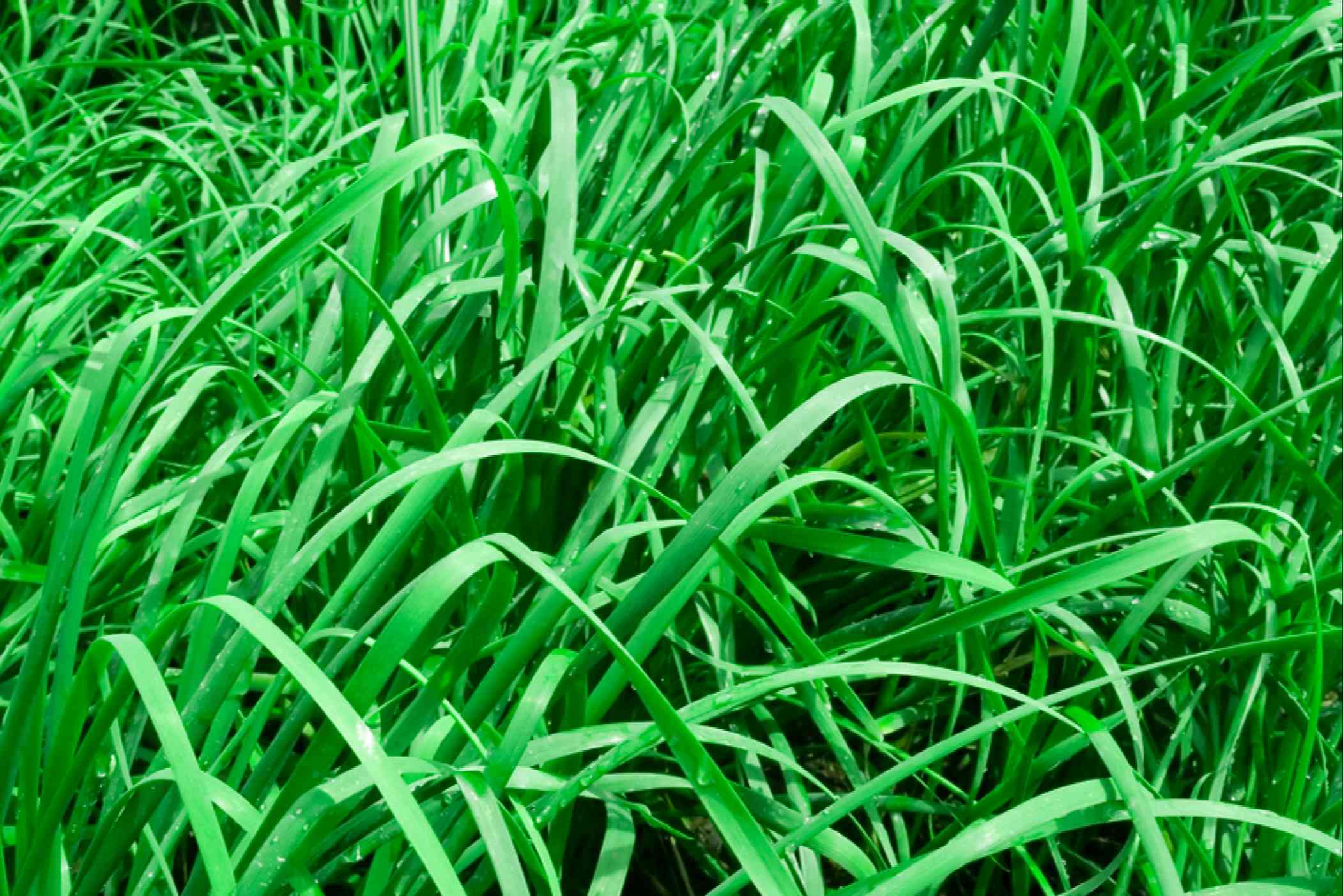
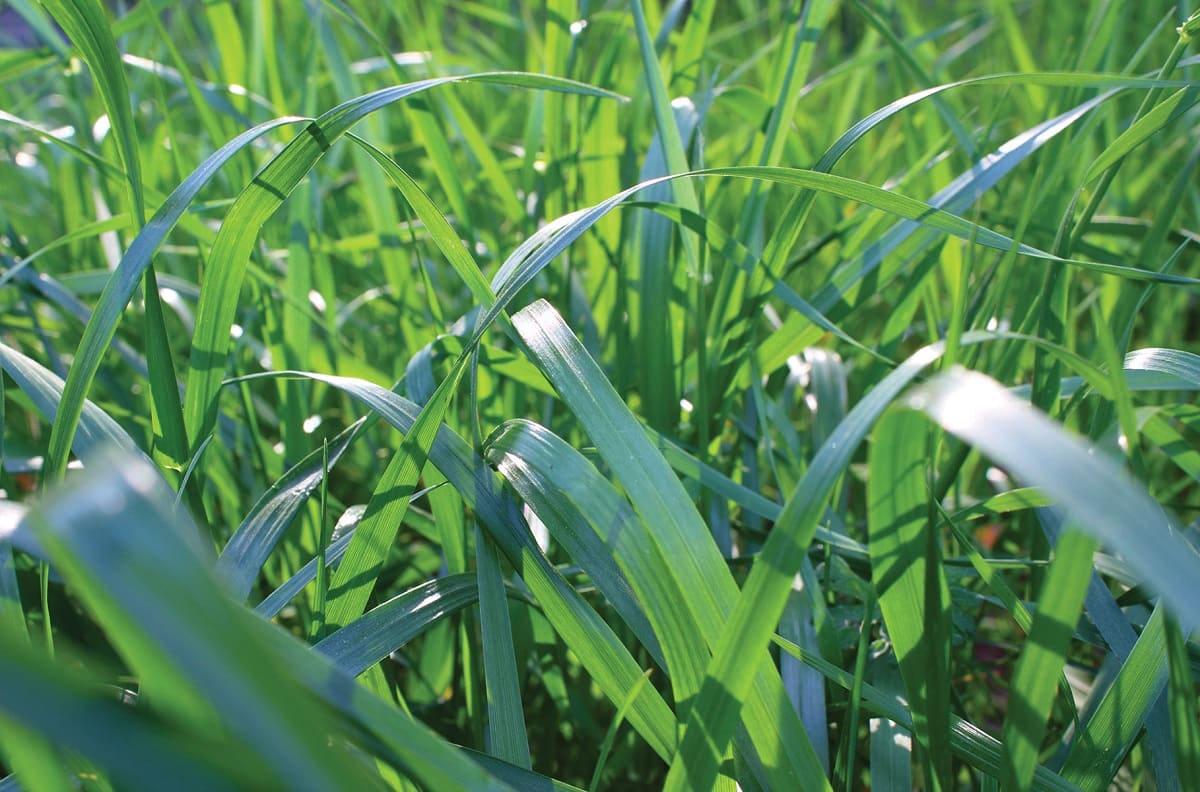
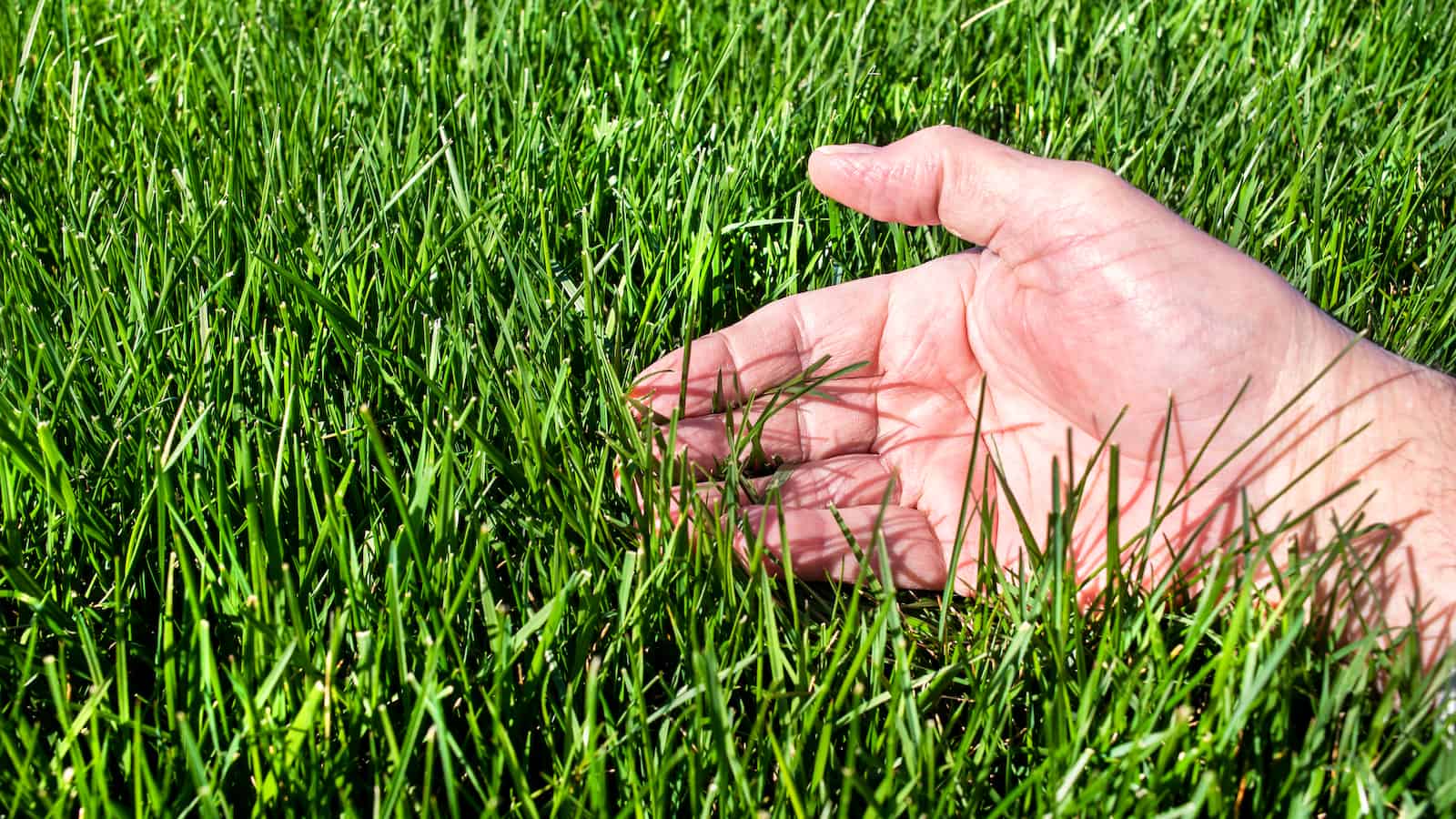
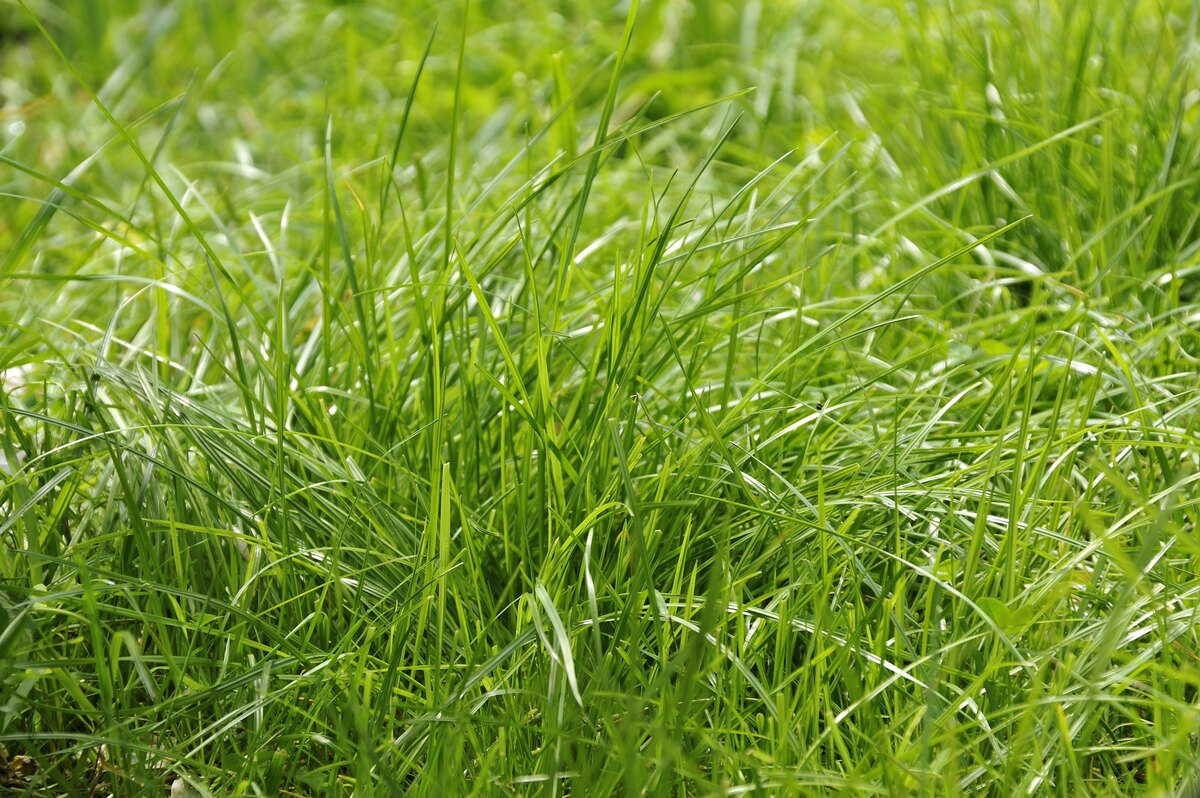
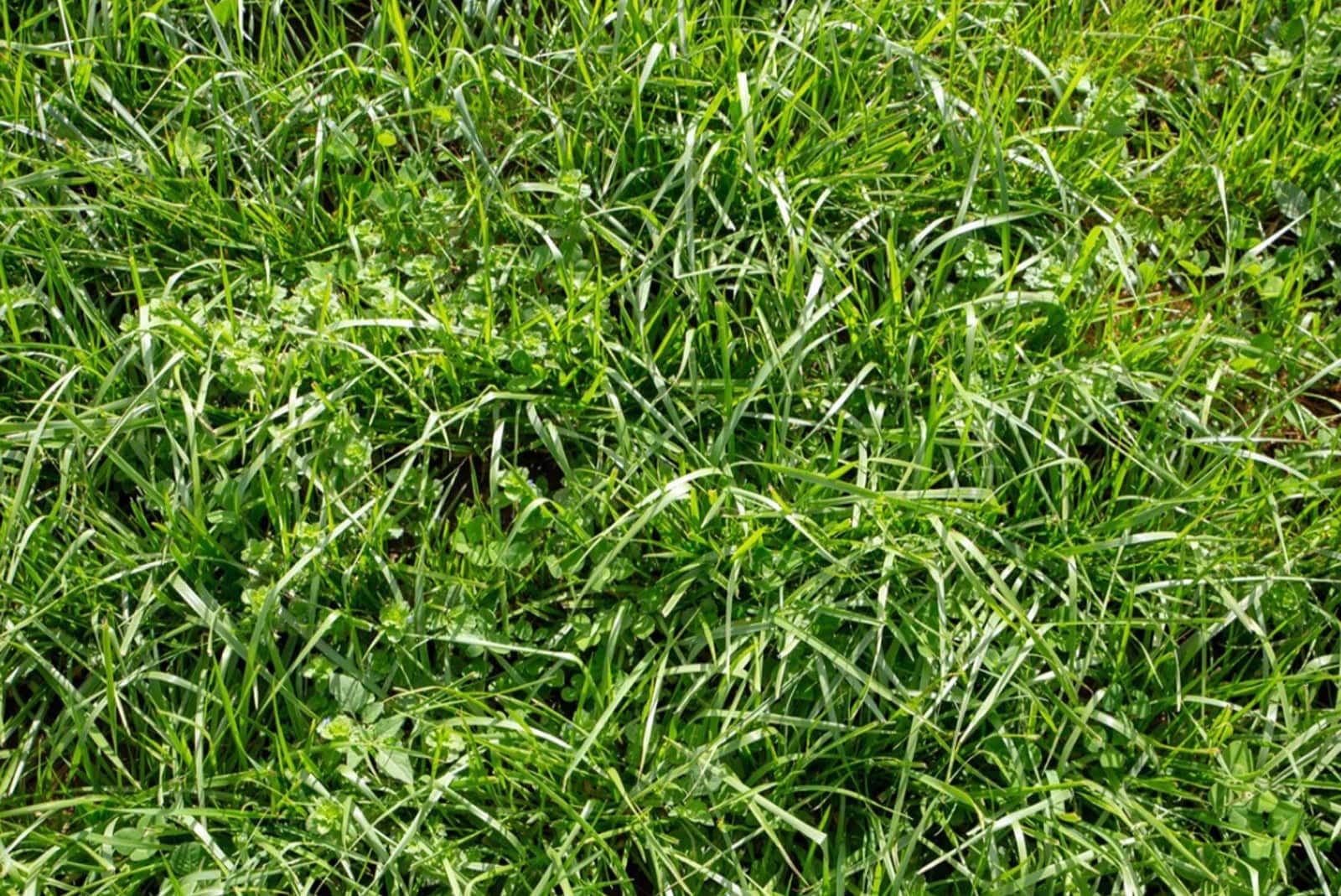
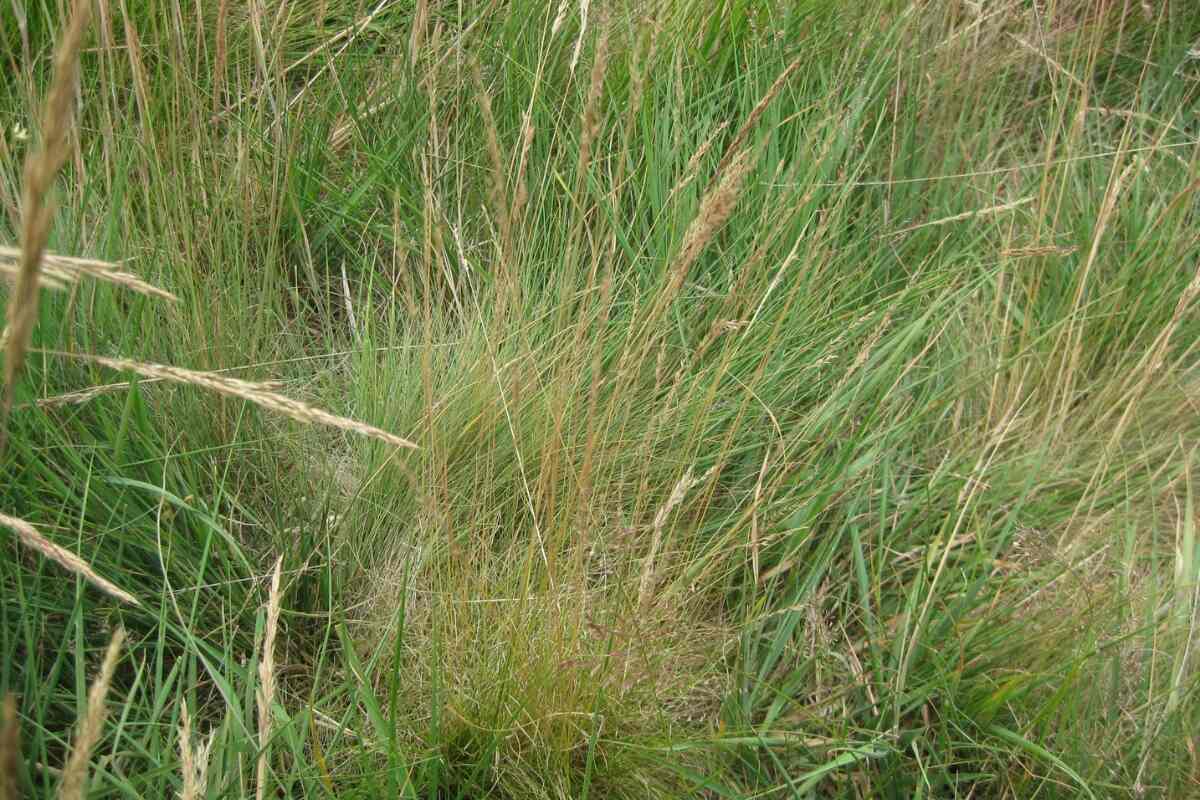
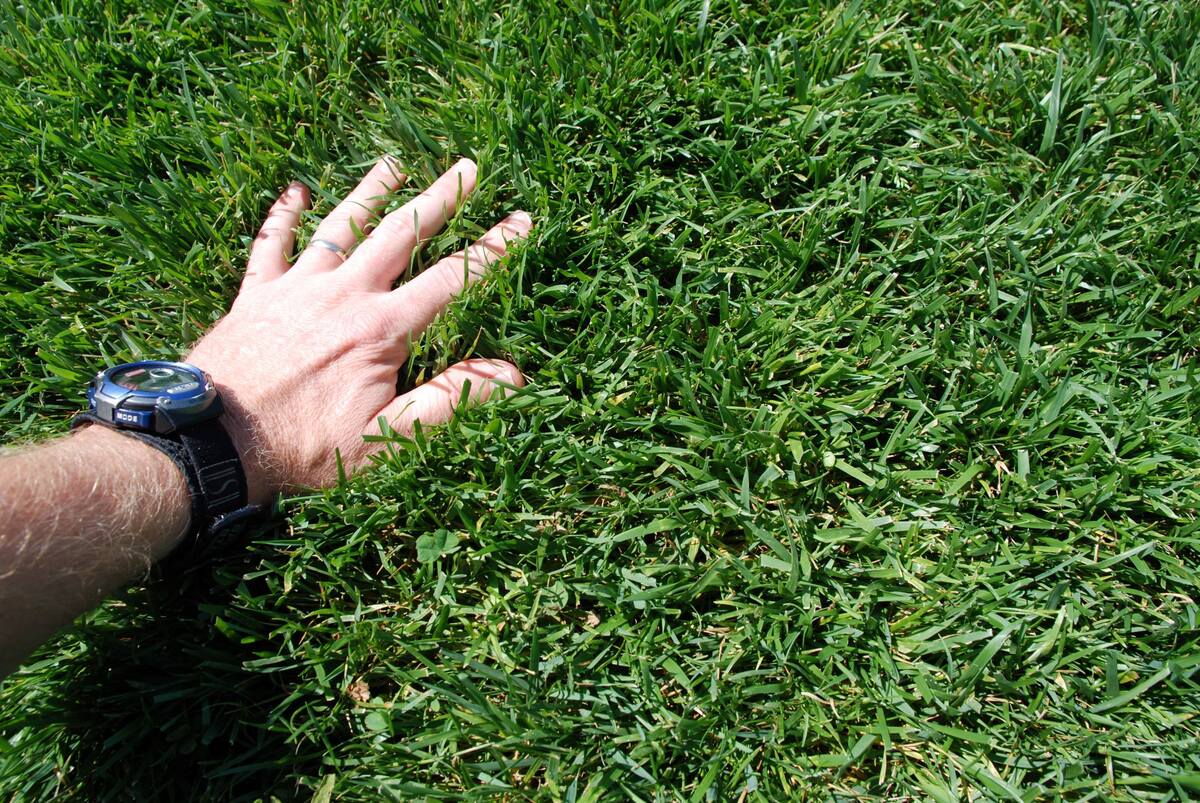
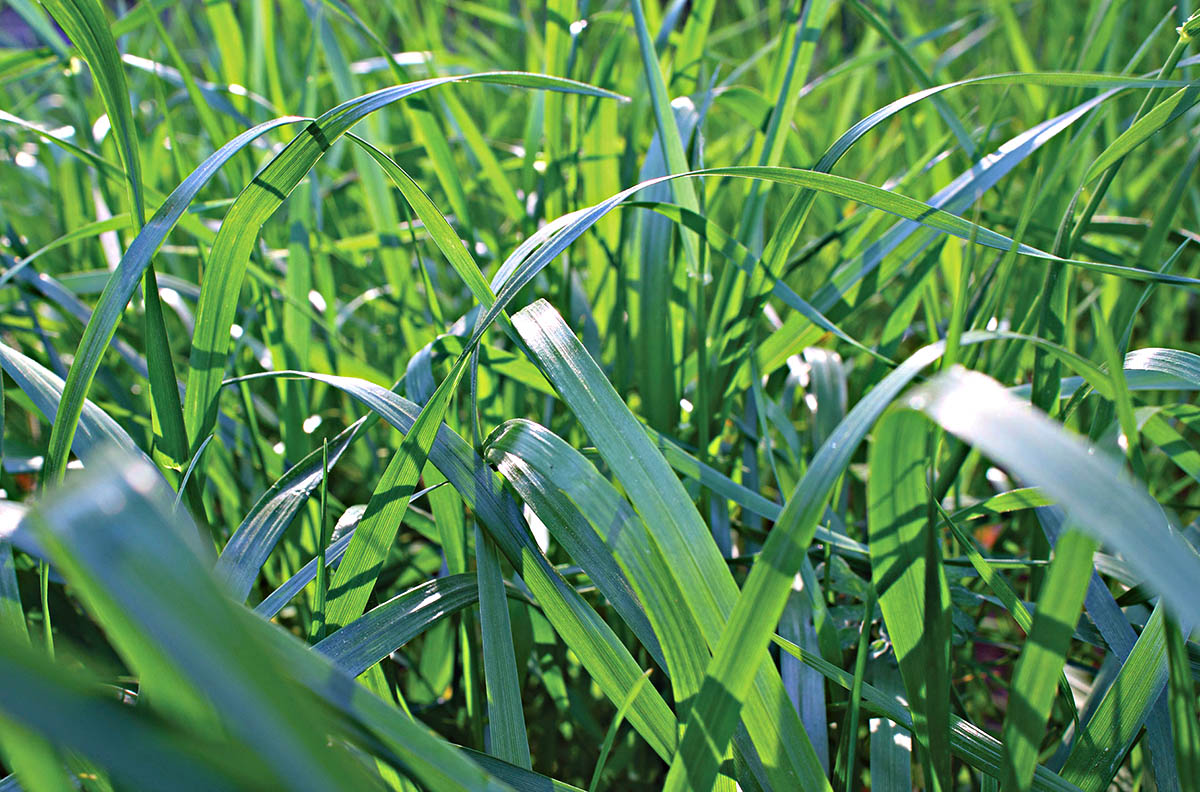
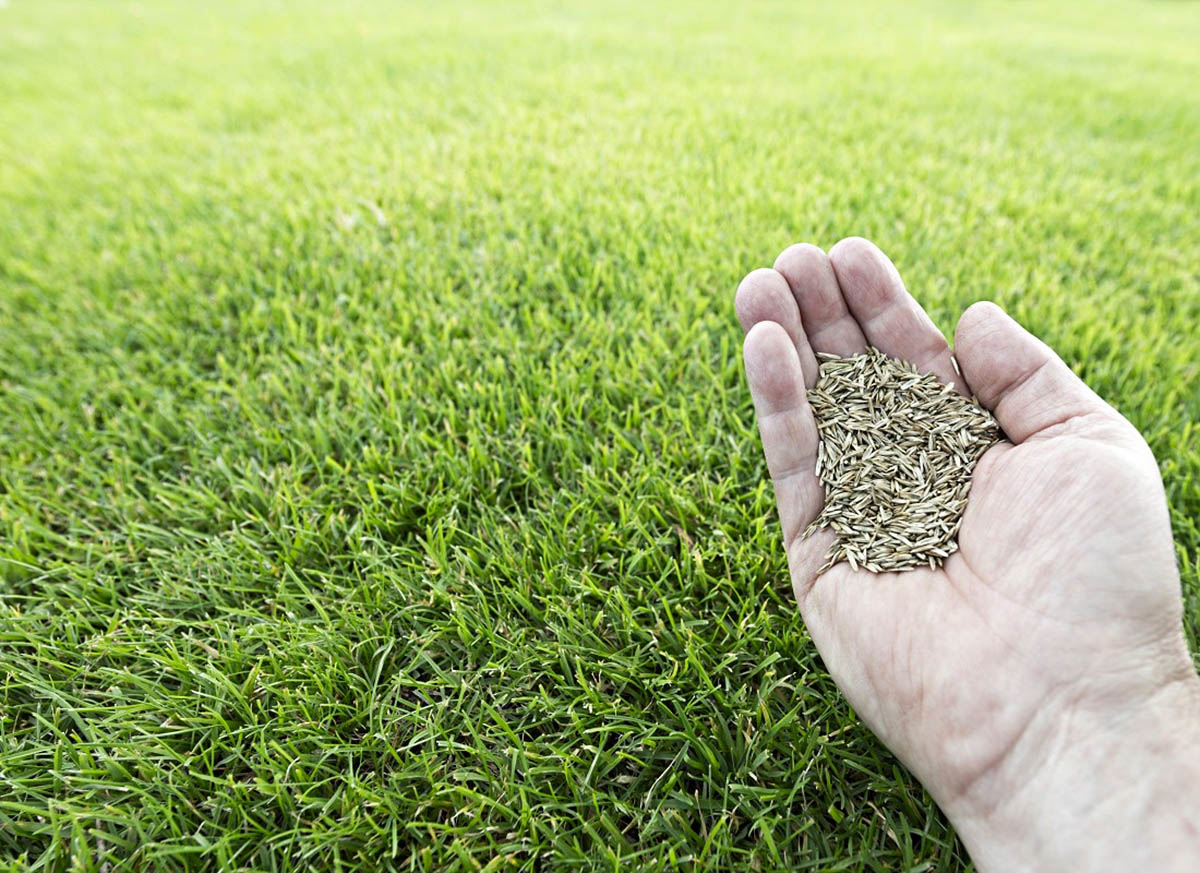
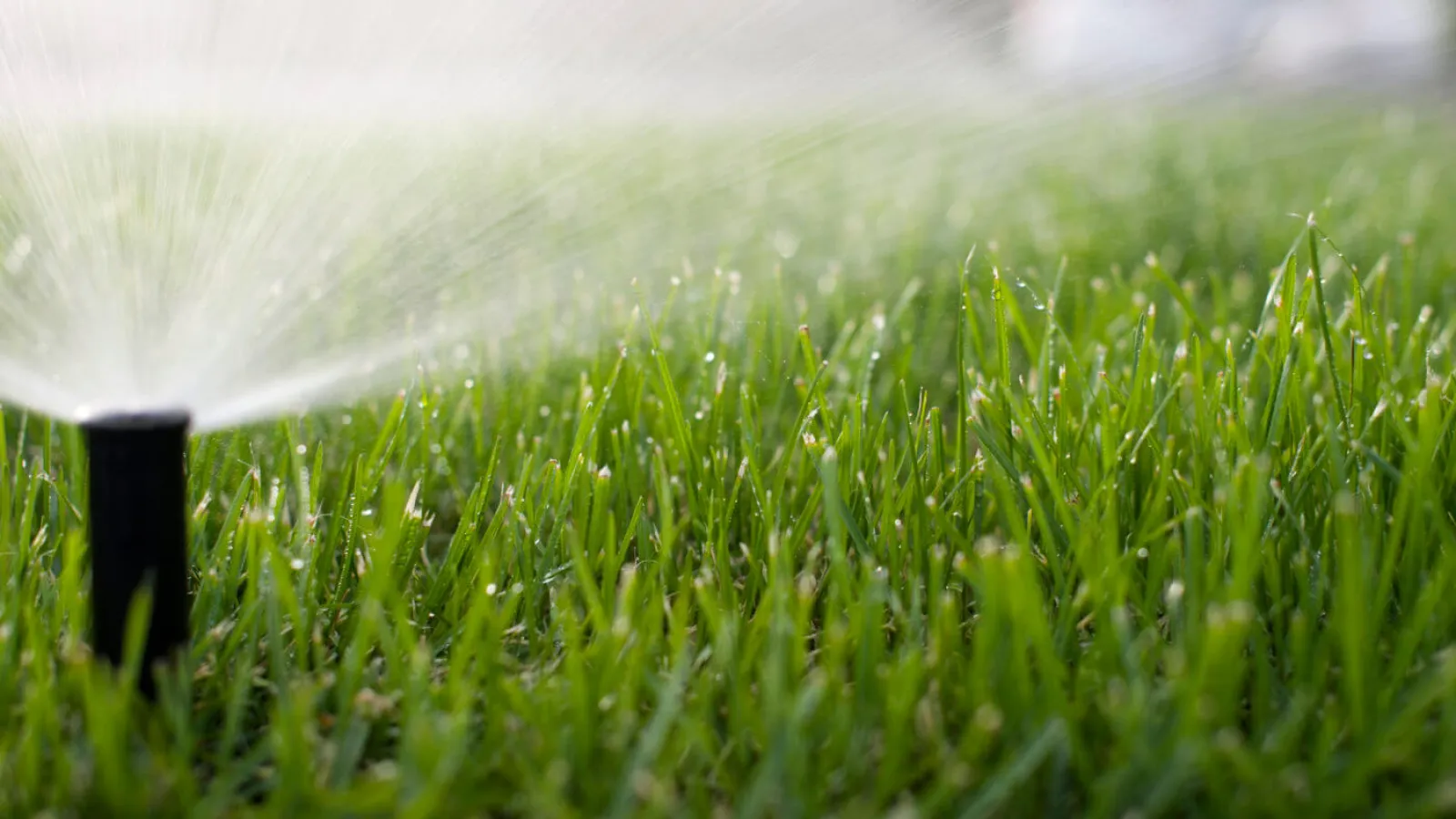
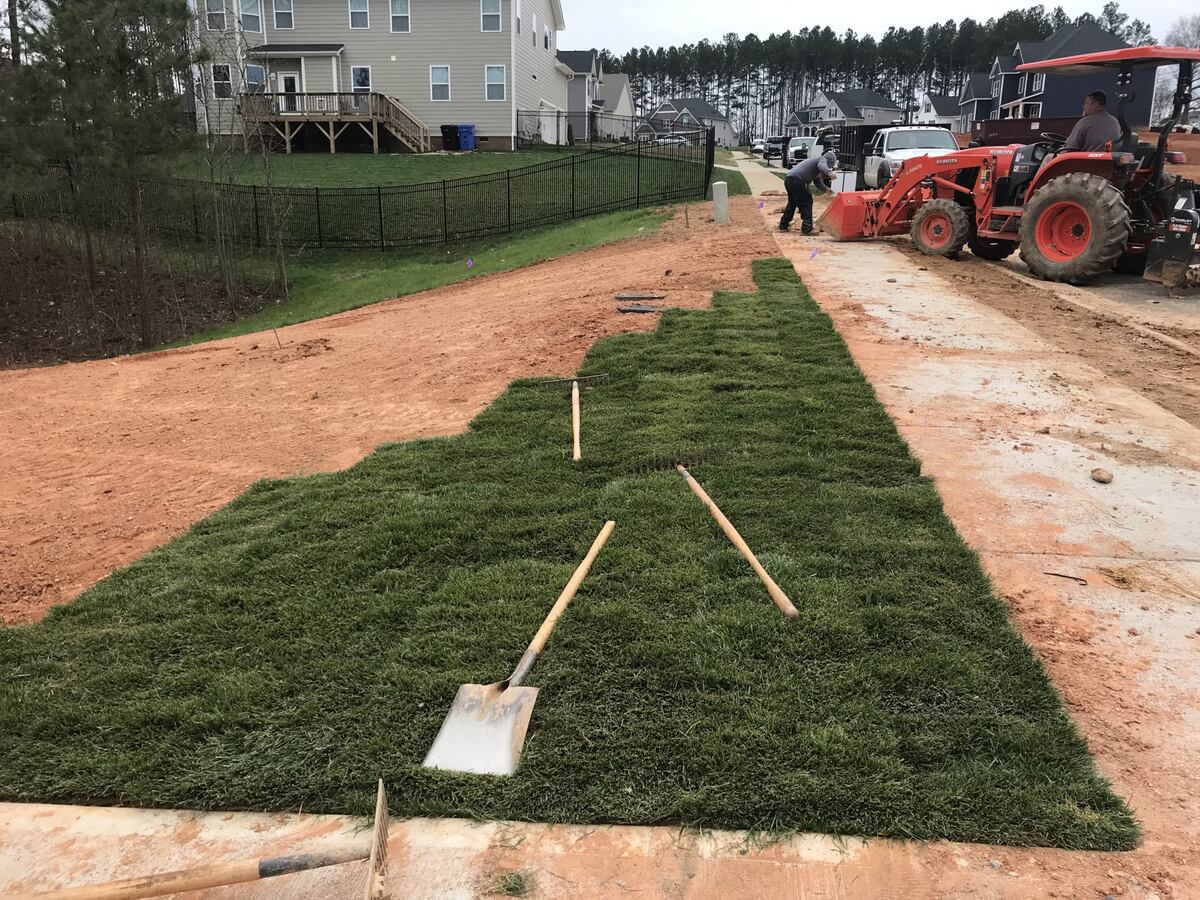
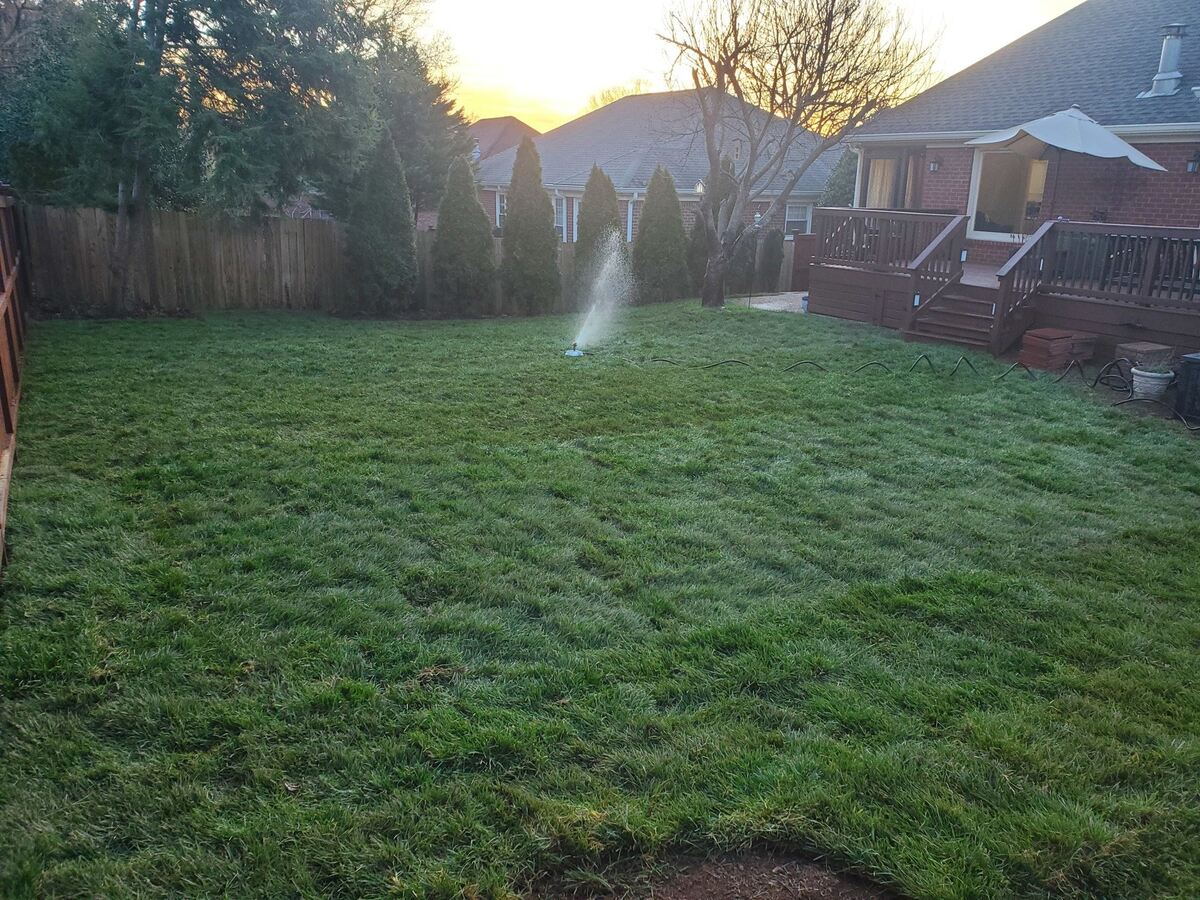
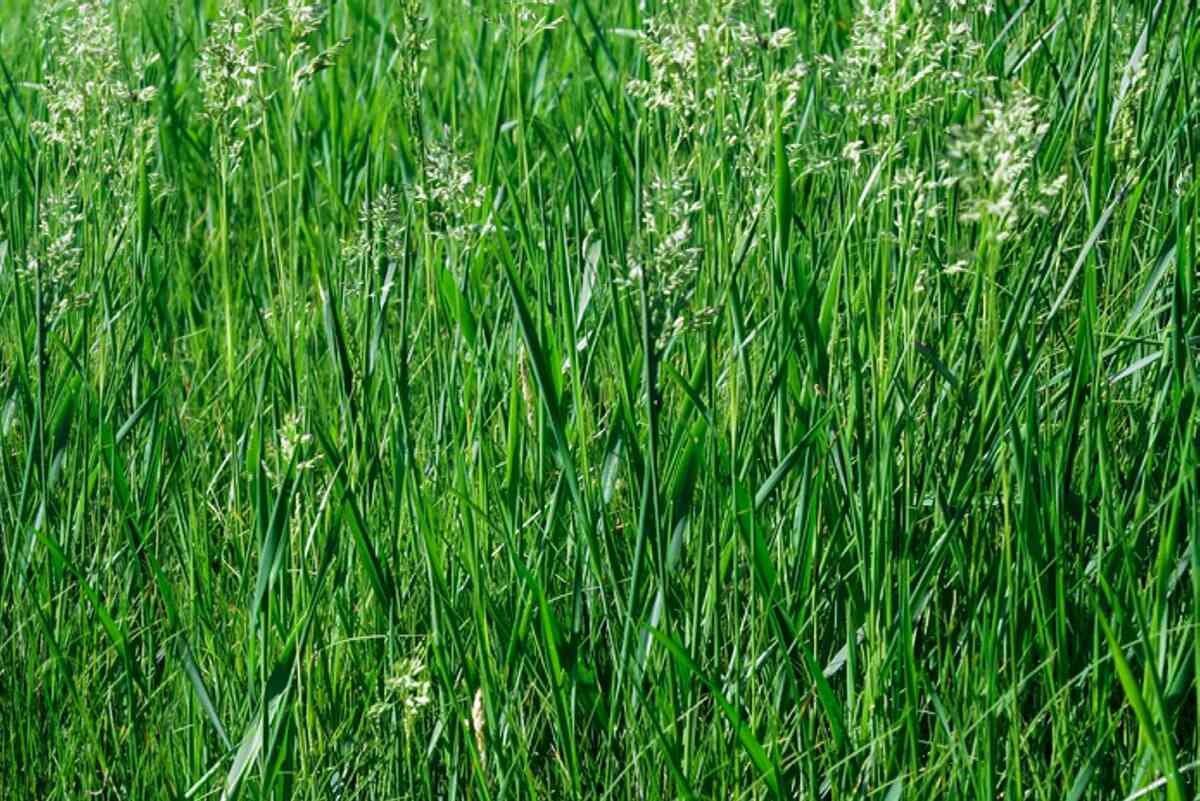
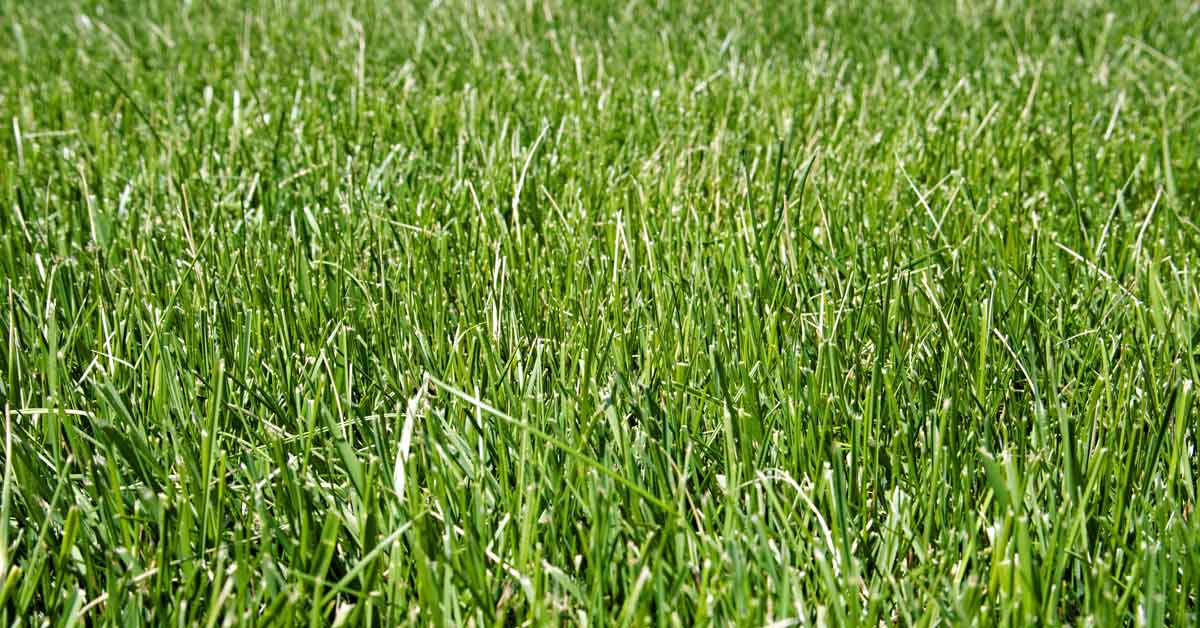

0 thoughts on “What Is Tall Fescue Grass”